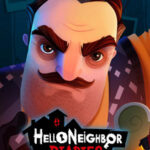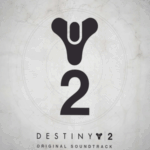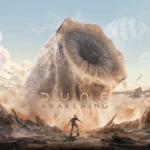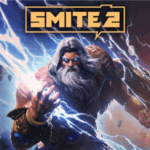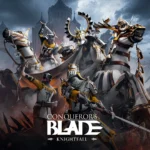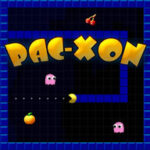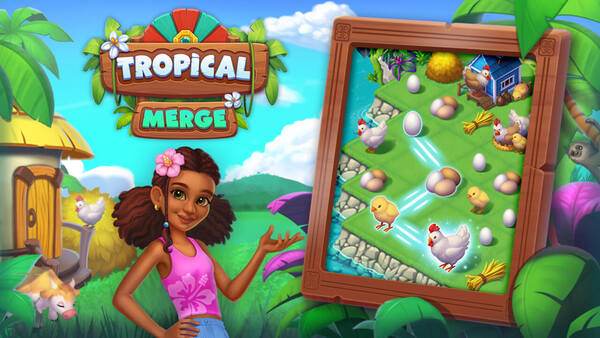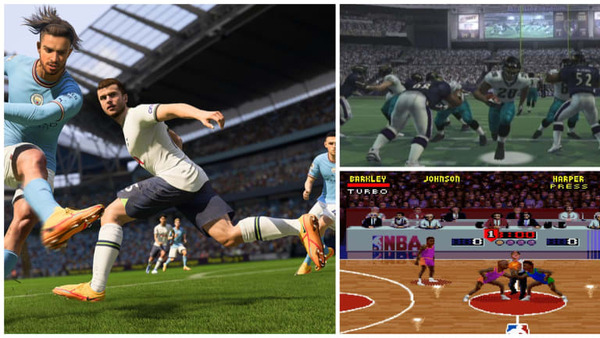League of Legends (LoL), developed by Riot Games, is one of the most influential multiplayer online battle arena (MOBA) games in the world. Since its 2009 launch, it has grown into a cultural and esports phenomenon, attracting millions of players globally with its deep strategic gameplay, vast champion roster, and highly competitive environment.
LoL revolutionized online gaming by combining accessible mechanics with complex team-based strategy. Its constant updates, esports ecosystem, and vibrant community have sustained its popularity for over a decade.
This article explores League of Legends’ origins, gameplay, competitive scene, community, and its lasting impact on gaming culture.
1. Origins and Development
League of Legends was created by Riot Games, a company founded by industry veterans determined to build a game focused on player experience and community. Inspired by the Defense of the Ancients (DotA) mod, Riot refined and expanded the MOBA formula.
The game launched with a modest roster of champions but quickly expanded through regular updates and community engagement. Riot Games’ commitment to balance, innovation, and communication has been key to LoL’s enduring success.
The game’s early free-to-play model with optional cosmetic purchases helped broaden its player base worldwide.
2. Core Gameplay Mechanics
League of Legends pits two teams of five players against each other on a symmetrical map called Summoner’s Rift. Each player controls a champion with unique abilities and roles, aiming to destroy the enemy’s Nexus—the heart of their base.
Gameplay revolves around strategic laning, farming minions for gold and experience, objective control (towers, dragons, Baron Nashor), and team fights. Coordination, map awareness, and individual skill are essential.
The game rewards both mechanical prowess and tactical decision-making, providing depth at all levels.
3. Champions and Roles
LoL features over 160 champions, each with distinct playstyles, strengths, and lore. Champions are broadly categorized into roles: Top laner, Jungler, Mid laner, ADC (Attack Damage Carry), and Support.
Players select champions strategically based on team composition and counterpicks. Riot regularly introduces new champions and reworks existing ones to maintain balance and freshness.
Mastery of champions and roles is a continuous journey, fostering a competitive environment with high skill ceilings.
4. Map and Objectives
The primary map, Summoner’s Rift, is designed with three lanes (top, mid, bottom) separated by jungle areas rich with neutral monsters. Objectives such as turrets, inhibitors, dragons, and Baron Nashor play critical roles in shaping the flow of the game.
Controlling these objectives provides buffs, gold, and map pressure advantages. Teams must coordinate efforts to secure or contest them strategically.
The map’s design encourages varied playstyles and dynamic momentum swings.
5. Ranked and Competitive Play
League of Legends features a ranked ladder system allowing players to compete and improve their standing from Iron to Challenger tiers. Ranked play introduces higher stakes, intense competition, and teamwork challenges.
The game’s competitive ecosystem extends to professional esports leagues worldwide, culminating annually in the World Championship—a globally watched event.
This competitive framework fosters a thriving community of casual and pro players.
6. Updates, Seasons, and Meta
Riot Games continuously updates LoL with patches addressing balance, bug fixes, new content, and gameplay improvements. The game operates in seasons, each bringing meta shifts and rewards.
These updates influence champion viability, item builds, and strategies, requiring players to adapt constantly.
The evolving meta keeps gameplay fresh and encourages experimentation.
7. Community and Social Features
League of Legends has a massive global community encompassing casual players, content creators, and esports fans. The in-game chat, clubs, and friends systems enable social interaction.
Riot promotes positive behavior through reporting and honor systems but faces challenges with toxicity, a common issue in competitive online games.
Community-driven content, including streams, tutorials, and fan art, enriches the player experience.
8. Visuals and Sound Design
LoL’s art style combines colorful fantasy elements with clarity essential for competitive play. Champion designs are distinctive and regularly updated with skins that enhance aesthetics.
The game features dynamic sound effects and thematic music that complement gameplay and champion abilities.
High-quality animations and effects contribute to satisfying combat feedback.








